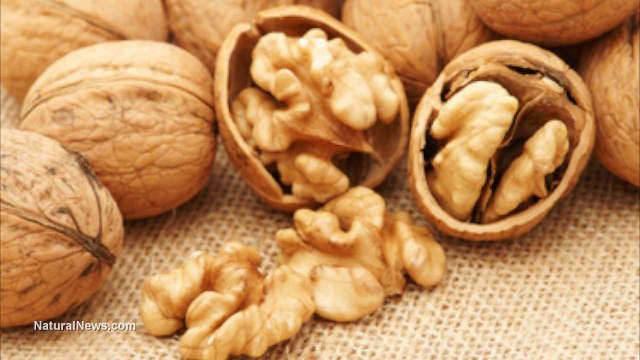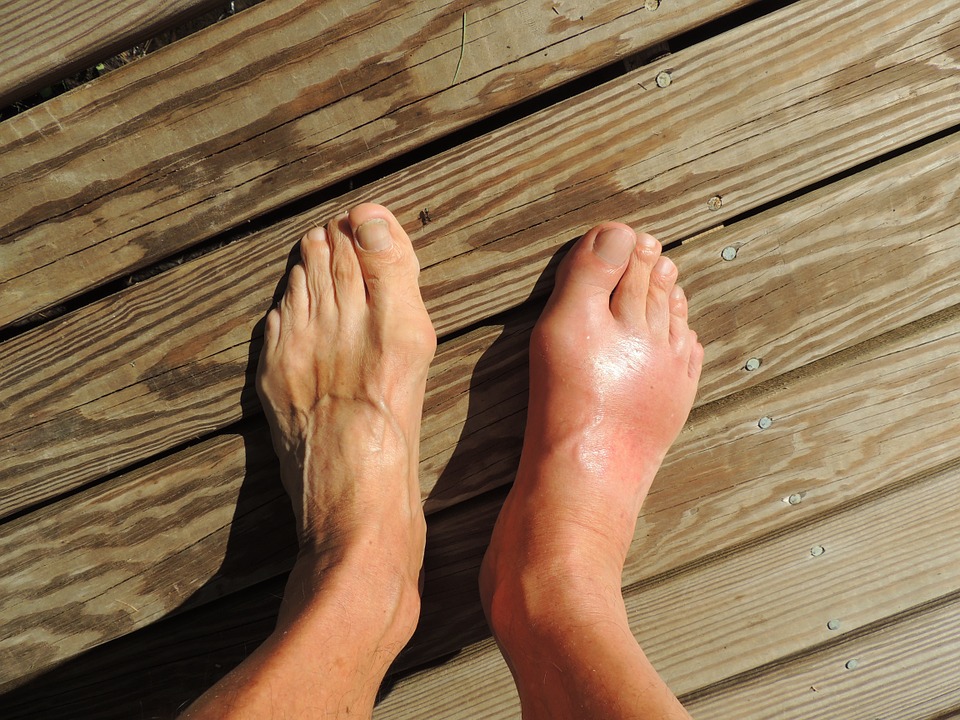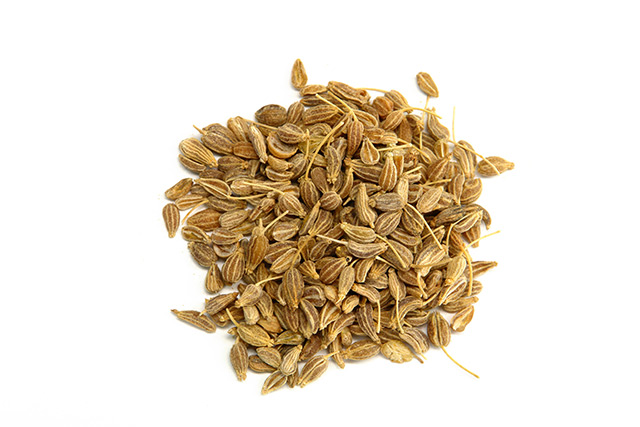Add this to your diet if you’re diabetic: The English walnut prevents neuropathy
09/05/2018 / By Michelle Simmons

Research has found that English walnut (Juglans regia L.) leaf can prevent and treat peripheral neuropathy, one of the most common chronic complications of diabetes that affect all peripheral nerves. In the study, which was published in the journal BMC Complementary and Alternative Medicine, the therapeutic effects of the English walnut leaf extract against diabetic neuropathy in mice were investigated.
The study was conducted by a team of researchers from Mazandaran University of Medical Sciences and Lorestan University of Medical Sciences in Iran who induced diabetic peripheral neuropathy by injecting streptozotocin in mice.
To evaluate the effects of the English walnut leaf extract, the research team administered the English walnut leaf extract before or after the development of neuropathy to a subgroup of the streptozotocin-induced mice; who were also given isotonic saline every day.
Based on the results, the streptozotocin caused the degeneration of the sciatic nerve, the largest and longest nerve, in mice. However, this degeneration was attenuated after the treatment of the English walnut leaf extract.
Moreover, the expressions of caspase-3, cyclooxygenase-2 (COX), and inducible nitric oxide synthase (iNOS) also decreased after the treatment of the English walnut leaf extract. The treatment also reduced blood sugar levels and reduced lipid peroxidation and nociceptive response. In addition, it enhanced antioxidant status in the sciatic nerve of diabetic rats. These results indicated that the English walnut leaf extract improved the symptoms of diabetic neuropathy.
Thus, the research team concluded that the English walnut leaf extract can prevent and improve peripheral diabetic neuropathy because of its antioxidant, anti-inflammatory, and antiapoptotic properties.
The benefits of English walnut
The English walnut is the most common variety of walnut. Walnuts, in general, are healthy as they contain many healthy fats, fiber, vitamins, and minerals. Here are some of the health benefits that walnuts offer:
- Walnuts contain high antioxidant activity: Walnuts are a great source of antioxidants and they even possess higher antioxidant activity than any other common nut. Their antioxidant activity helps fight oxidative damage in the body, such as damage due to low-density lipoprotein (LDL) cholesterol.
- Walnuts are a plant-based omega-3 source: Walnuts contain significantly high amounts of omega-3 fatty acids, in fact, even higher than any other nut. Omega-3 fatty acids from plants like walnuts are called alpha-linolenic acid (ALA), which help reduce the risk of heart disease.
- Walnuts may reduce inflammation: Walnuts contain polyphenols that fight inflammation, which is an essential contributor to chronic diseases.
- Walnuts support a healthy gut: Eating walnuts may help keep the gut healthy by nourishing and increasing the good gut bacteria, which in turn, also cuts the risk of diseases.
- Walnuts may cut cancer risk: Walnuts are packed with the polyphenol called ellagitannins, which are then converted by gut microbes to compounds called urolithins. Urolithins contain anti-inflammatory properties that can help prevent certain forms of cancer, such as breast, prostate, and colorectal cancers. (Related: Walnuts inhibit cancer development, slow its growth, and kill cancer cells.)
- Walnuts may help reduce blood pressure: Some research has shown that eating walnuts every day may help improve blood pressure, even in people with high blood pressure and in healthy people when under stress.
Walnuts can also support weight control, promote healthy aging, enhance brain function, support male reproductive health, and improve blood fats. Moreover, walnuts are widely available and can easily be added to your diet. Walnuts can be simply eaten as a snack, added to salads, dips, sauces, dressings, and many other dishes.
Read more news stories and studies on alternative diabetes treatments by visiting DiabetesScienceNews.com today.
Sources include:
Tagged Under: alternative medicine, diabetes, diabetes prevention, diabetic, diabetic peripheral neuropathy, English walnut, English walnut leaf, herbal medicine, Herbs, natural cures, natural healing, natural medicine, natural remedies, neuropathy, Walnuts



















